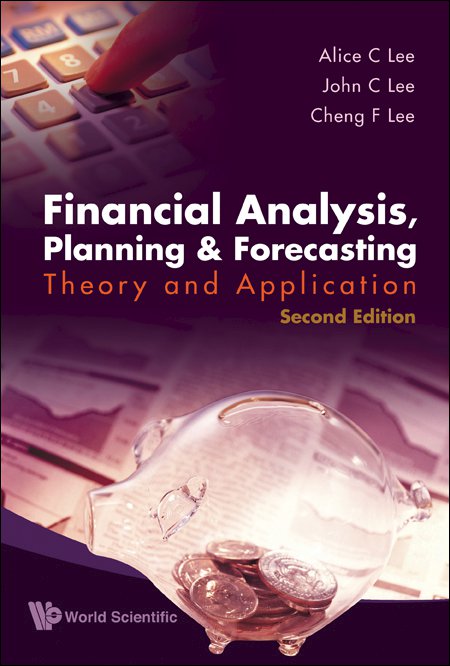Risk and Return Trade-Off Analysis
The following sections are included:
Introduction
Capital Market Line, Efficient–Market Hypothesis and Capital Asset Pricing Model
Lending, Borrowing, and the Market Portfolio
The Capital Market Line
The Efficient-Market Hypothesis
Weak-Form Efficient-Market Hypothesis
Semistrong-Form Efficient-Market Hypothesis
Strong-Form Efficient-Market Hypothesis
The Capital Asset Pricing Model
The Market Model and Beta Estimation
Empirical Evidence for the Risk–Return Relationship
Why Beta is Important in Financial Management
Systematic Risk Determination
Business Risk and Financial Risk
Other Financial Variables
Capital Labor Ratio
Fixed Costs and Variable Costs
Market-Based versus Accounting-Based Beta Forecasting
Some Applications and Implications of the Capital Asset Pricing Model
Applications
Liquidity and Capital Asset Pricing Model
Arbitrage Pricing Theory
Intertemporal CAPM
Summary
Questions and Problems
Appendix 8.A. Mathematical Derivation of the Capital Asset Pricing Model
Appendix 8.B. Arbitrage Pricing Model
References for Chapter 8
Note



